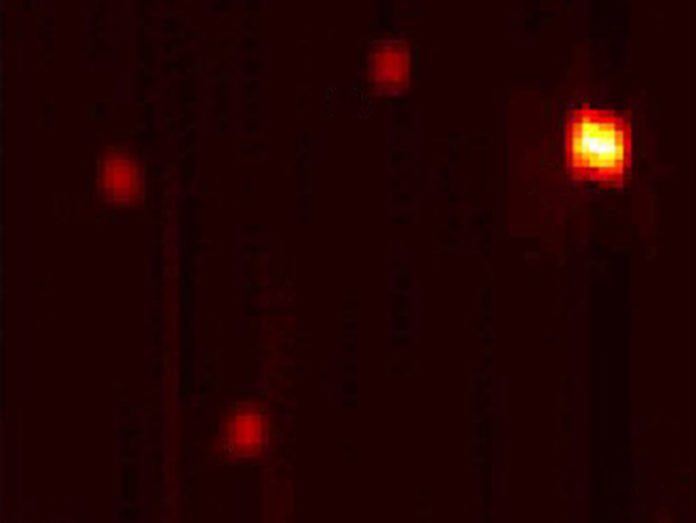Scientists at the TU Wein have developed a technique for extremely promising microscopy. The technique called Nanomechanical scanning absorption microscopy to visualize individual molecules and even reliably identify them.
The molecules are put on a tiny membrane and lighted with a laser, whereby the manner by which the vibration conduct of the layer changes is estimated. Along these lines, the key estimation variable isn’t light, yet rather a mechanical vibration, i.e. sound.
Prof. Silvan Schmid from the Institute of Sensor and Actuator Systems at TU Wien said, “We place individual molecules on very specific, extremely thin membranes. The membrane is then scanned by a laser beam.”
The wavelength of the laser beam is chosen so it has an especially solid collaboration with the particle that is being looked for. In the event that the laser shaft comes into contact with the molecule, it ingests energy and heats up the area of the film surrounding it. This temperature increment thusly detunes the vibration frequency.
Silvan Schmid said, “Think of it as a small drum. When the drum skin heats up, the noise that the drum makes also changes. The same thing is happening with our micro-membranes.”
“We have applied this technique to fluorophores, in other words, fluorescent molecules, which can also be visualized using other techniques. This allowed us to demonstrate that our vibration imaging method really does work. Our technique can, however, also be applied to other molecules. All you need to do is select the right wavelength for the laser beam.”
“The deciding factor in the success of the new technique was the creation of suitable membranes. We needed a material whose vibration behavior changed as clearly as possible when heated locally by the individual molecules. We finally achieved this using silicon nitride membranes with a surface made from silicon oxide.”
“There is a wide range of possible applications for the new technology: Our new technique produces a strong signal, which makes it appealing to many industries. It can be used to locate and analyze individual molecules and to create detectors for tiny amounts of material. It can also be used in solid state research, for instance, to measure electronic vibrations in nanoantennae.”
This study is reported in the journal PNAs.
